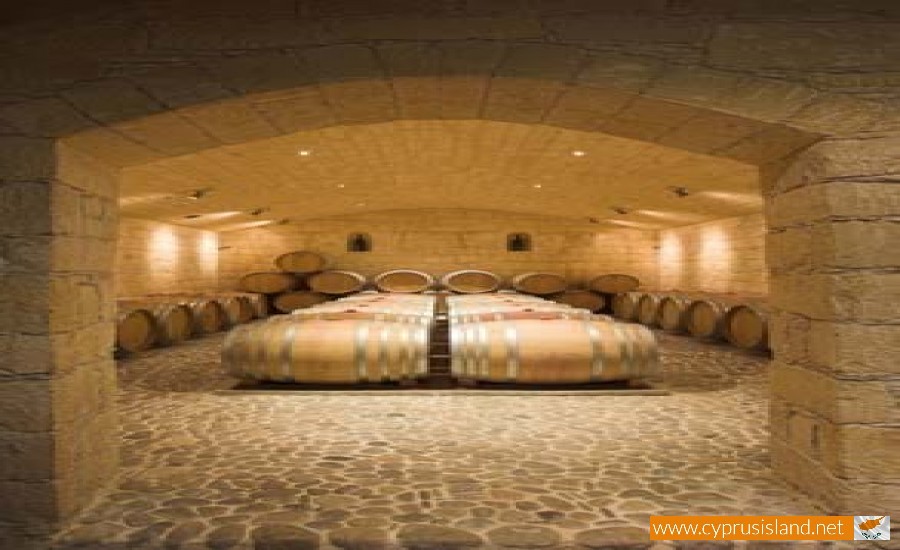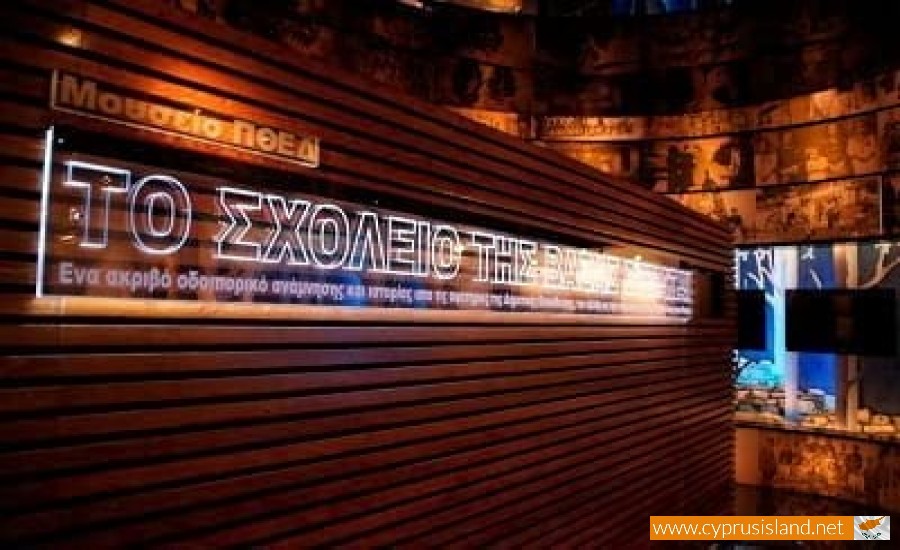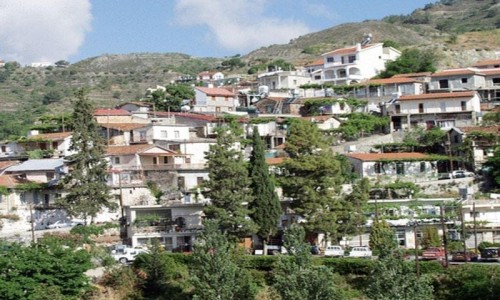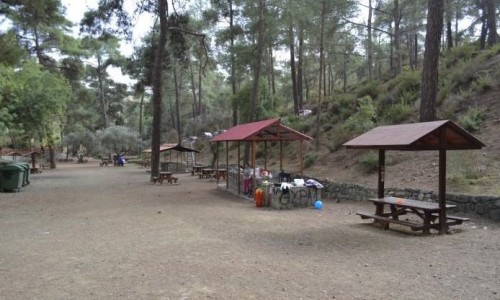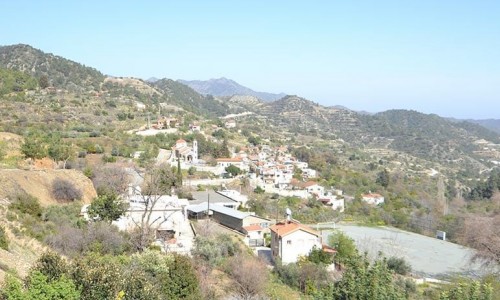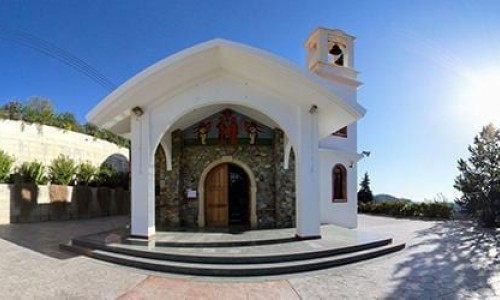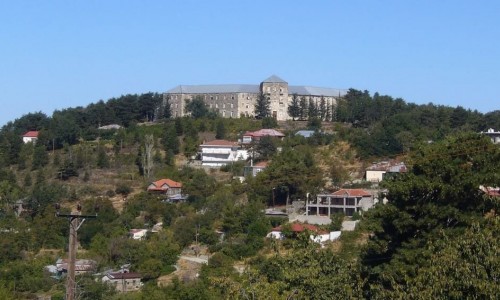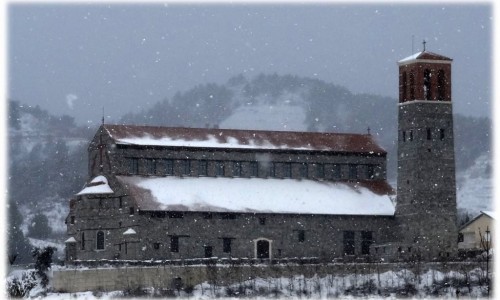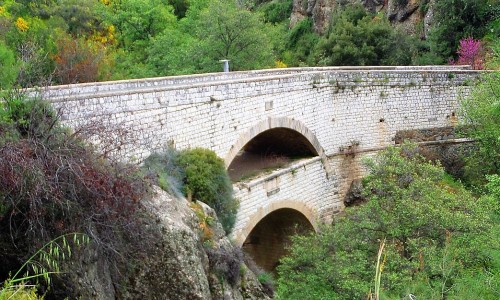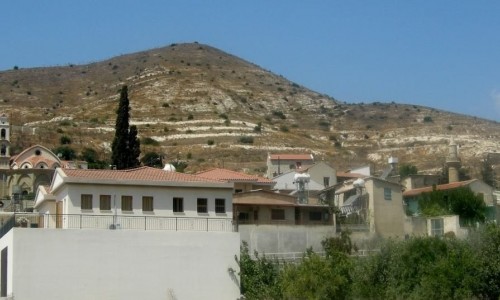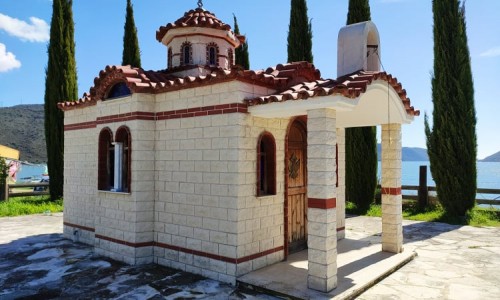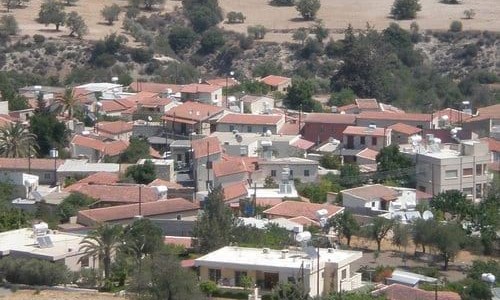Vasa Koilaniou Village
Vasa Koilaniou is connected to the northeast with Omodos, to the southwest with Mallia and Arsos, to the southeast to Potamiou and to the south with Kissousa and Pachna. It is located about 35 km from the city of Limassol.
Natural Geography
The village is built in a small valley and it is surrounded by small and large mountains , plains, steep slopes and cliffs, all overgrown with vines, at an altitude of 750 meters.
Name
The village took its name which is clearly of ancient Greek origin, from the word Vasa or Visa which means wooded valley. In Arcadia of Peloponnesus there was an ancient settlement with the name Vase where the famous temple of Apollo was. Therefore the name of the village may be related to the settlement of the Arcadians in Cyprus. In the village there was also a temple dedicated to Apollo where today’s church is build, a fact which enhances the relation. From the statue of Apollo there is only a coned stone saved – the bellybutton which is located at the chapel of Saint George in Vasa.
History
The village, as well as the other villages in the area met great population changes. In 1881 the villagers were 397 , and in 1891 they increased to 512 , in 1911 they increased to 690 , in 1921 they increases to 785 and in 1946 they increased to 871. The phenomenon of urbanization hit Vasa as well as the other wine villages which had an impact on the population, decreasing to 742 in 1960, to 551 in 1973 and to 367 in 1982. During the inventory in 2001 the population decreased to 170 residents. According to the inventory in 2011 the village only had 165 residents. It is worth mentioning that Vasa was the tenth largest village of Limassol in population during 1946.
Vasa was an important feud during the medieval years. It was property of the Crusade Barones Ivelion of Yiaffa. Rupert Gunnis even refers to remains of foundations tower on a hill in the center of the village, apparently on the hill behind the church discovered in 1993 as collections of Venetian swords.
Architecture
The village is compact, centralized type. In this type of settlement besides the social factor, the terrain also helped greatly. Vasa maintains the traditional architecture with cobblestone streets, elongated, double and upper floors built with splendid carved limestone. In several guest houses there are still the old wine, and modern machinery which produce wine of Vasa and zivania.
Vine Village
Vasa is one of the most important vine villages in the area and is famous for its vines. Today it has a privileged position in the production of raisins. It is the fifth vine village in Limassol which is based on the cultivation of vines (more than 40% of total area).
Holy temples of the village
In the village there is one main church of the Virgin Mary located, the chapel of Timios Prodromos, the chapel of Saint George, the chapel of Apostle Varnavas and the chapel of Apostle Timonas. The local Saint of Vasa is Apostle Varnavas. According to tradition, Apostle Vanavas lived in a cave which is located west of the village. That is where his bones were found. Next to this cave is his chapel which is small and made from stone.
Church of Virgin Mary
The church of Virgin Mary is located at the center of the village. This is where the chapel of Apostle Varnavas used to be. During the British rule, the population of Vasa increased, and there was the necessity to build a larger church. Therefore the Church if Virgin Mary was built in the place of the chapel of Apostle Varnavas, which was also one of the largest and most ancient during that time.


